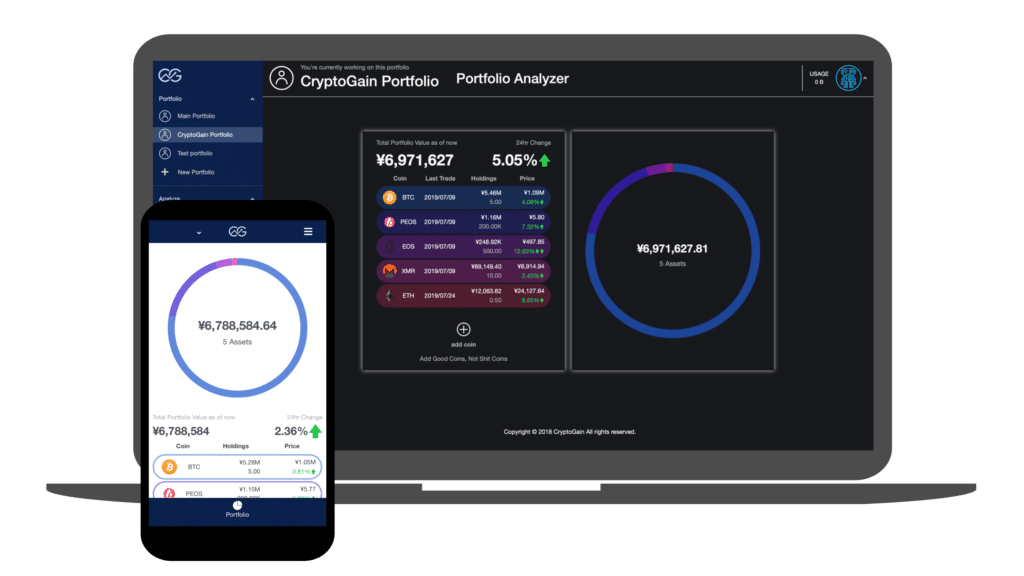TLDR
On October 12, 2022, the FASB (Financial Accounting Standards Board) unanimously voted to require companies to measure crypto at their fair value at the end of each reporting period.
The discussions can be seen here:
Crypto Accounting Under Current US GAAP
In December 2019, the AICPA (American Institute of Certified Public Accountants) released guidance on the accounting of crypto currencies titled “Accounting for and Auditing of Digital Assets”.
Crypto accounting in the US is currently done according to this guidance.
See previous post regarding this guidance:
AICPA Releases Accounting Guidance on Digital Assets (Cryptos)
According to this guidance, crypto is treated as intangible assets.
Therefore, when the fair value of the crypto goes up, the book value is not adjusted upward, but when the fair value goes down below book value, the asset is subject to impairment accounting and is adjusted downward.
Multiple requests were submitted to the FASB to revise this accounting treatment on the basis that it did not provide useful information to the users of the financial statements.
MicroStrategy, which holds 130,000 BTC as of the time of this writing, was one of the companies that had submitted such requests to FASB.
This action by FASB is the culmination of such work by the issuers and users of financial statements.
Difference with Japan GAAP
The accounting guidance regarding crypto under Japan GAAP is prescribed in PITF (Practical Issues Task Force) No. 38 “Practical Solution on the Accounting for Virtual Currencies under the Payment Services Act”.
See previous post regarding crypto accounting under JGAAP:
Under JGAAP, crypto is already subject to fair value accounting.
Once the rules are codified under US GAAP, the GAAP difference regarding measurement of crypto will be resolved.
Expected Impact
In order to apply impairment accounting accurately to crypto, one needed to track the acquisition price of each purchase transaction and compare the book value of each unit with the movement of its fair value during the period.
Furthermore, at this moment in time, most companies that hold crypto, hold it with the expectation that its price will appreciate compared to fiat currencies.
In such cases, treating crypto as intangible assets do not reflect the intent and performance of management’s decisions on the financial statements.
For example, if the price of bitcoin dropped after a company purchased it, the book value will be written down.
Even if the price were to recover in future periods, that gain is not reflected in the financial statements, and therefore the amount on the balance sheet will not convey meaningful information.
When the company decides to sell that bitcoin that has appreciated in value, all of the gain, including the impairment loss, is recognized in the period in which the sale occurred, which will distort profit and loss.
The change in accounting treatment might open doors for companies that were on the sidelines due to operational burden and impact on financials.
The Future of Crypto Accounting Standards
I’ve mentioned this before but for accounting standards to be useful, they need to be designed to represent the economic substance of a transaction.
Accounting standards have continued to evolve to this day to represent the economic substance of new services and contract types as they emerge.
When a new technology comes along that is totally revolutionary and has the potential to significantly change the way we transact, it is not so surprising that the economic substance of that technology can not be truly represented just by making minor adjustments to the existing accounting standard.
During the past 10 years, cryptos have diversified from payment types (first generation) to platform types (second generation).
Among the platform type cryptos, some are held not with the intention of using it to make payments or getting exposure to price movements, but with an intention of using it to interact with a blockchain platform (an example would be ETH).
In these cases, FVTPL (mark-to-market through the profit and loss statement) might not represent the substance of the transaction.
Perhaps FVOCI (mark-to-market through other comprehensive income) or treating it as an intangible asset might represent the substance of the transaction better.
If an entity purchased a digital character or digital item that is using a Non-Fungible Token (NFT) which makes each of them unique and unreplicable, treating it as inventory or an intangible asset based on the intention of the entity, will better represent the transaction.
And there’s bitcoin.
The number of people that prefer a currency that is backed by code, computers, and electricity, over a currency that is backed by a government, is increasing.
There may come a time when treating bitcoin as cash, the same way we treat fiat money, might represent the substance of the transaction in a better way.
For an entity that uses bitcoin as its primary currency, that entity’s functional currency could very well be BTC.
It may be hard to imagine a world where bitcoin is being accounted for as cash.
But looking at how Bitcoin, crypto, and blockchain has evolved over the last 10 years, it actually may not be that far into the future.










